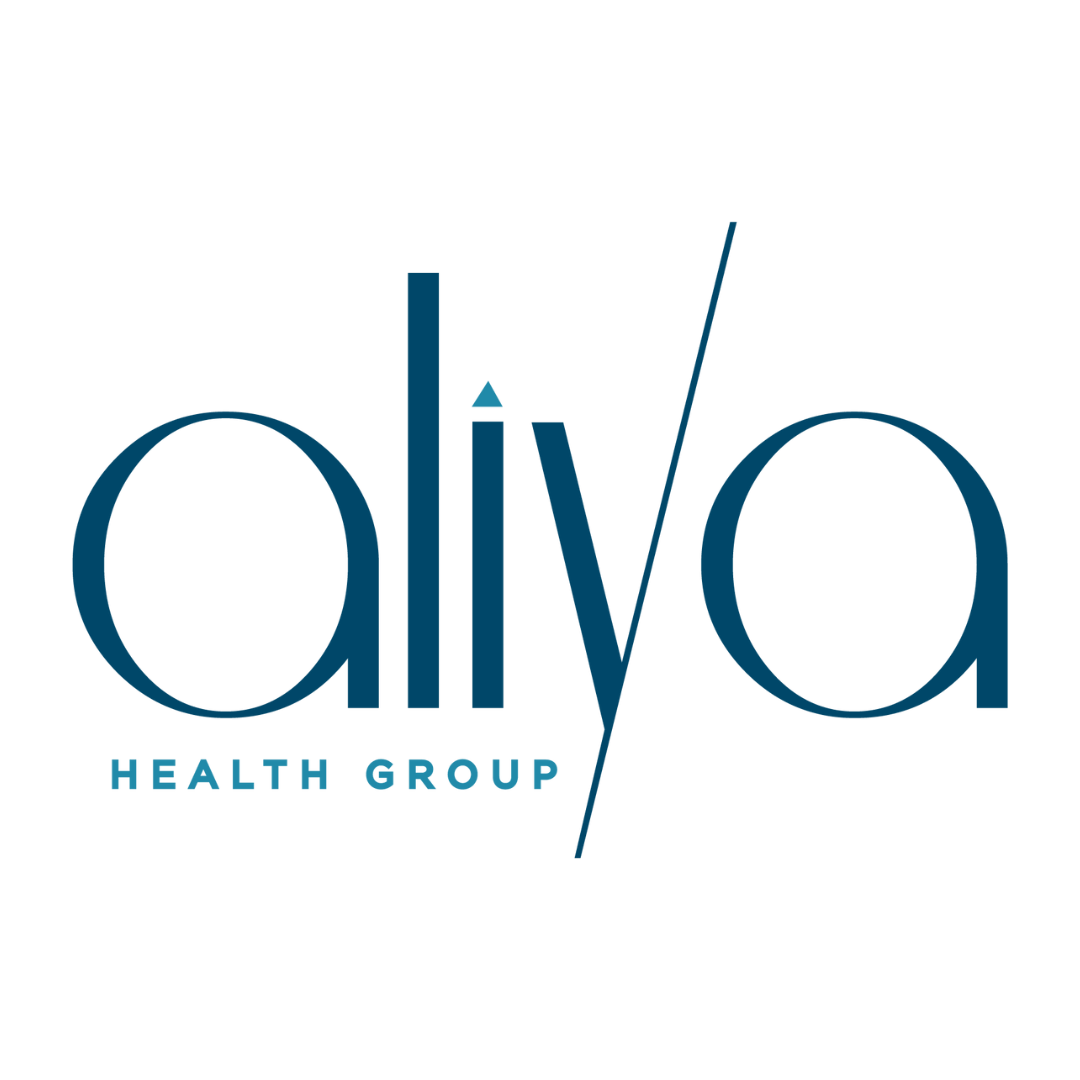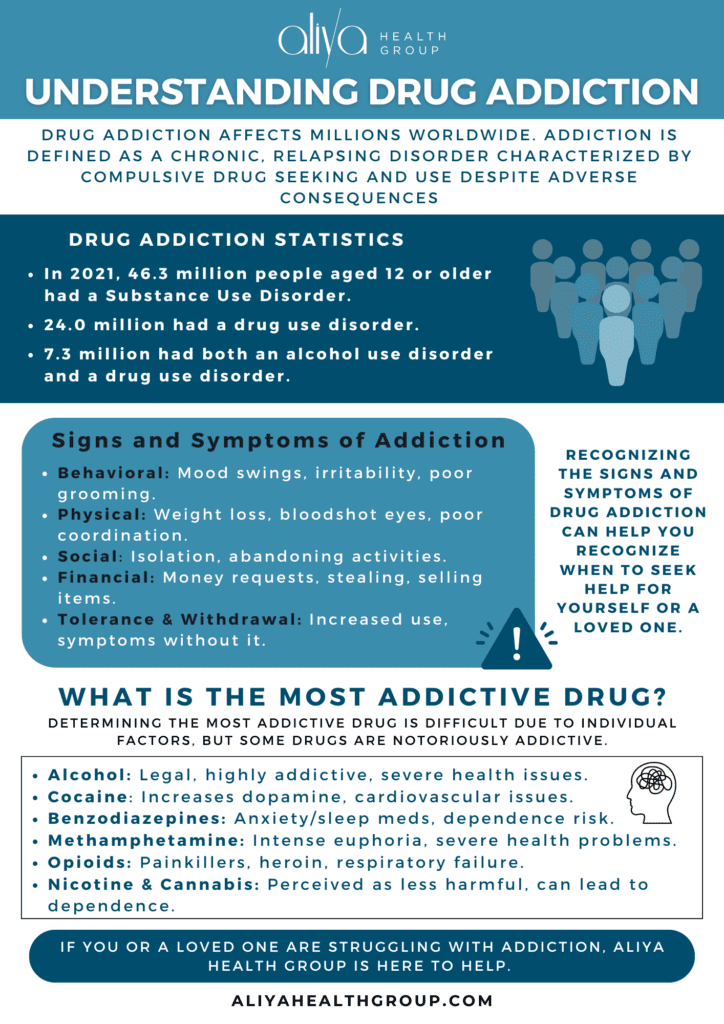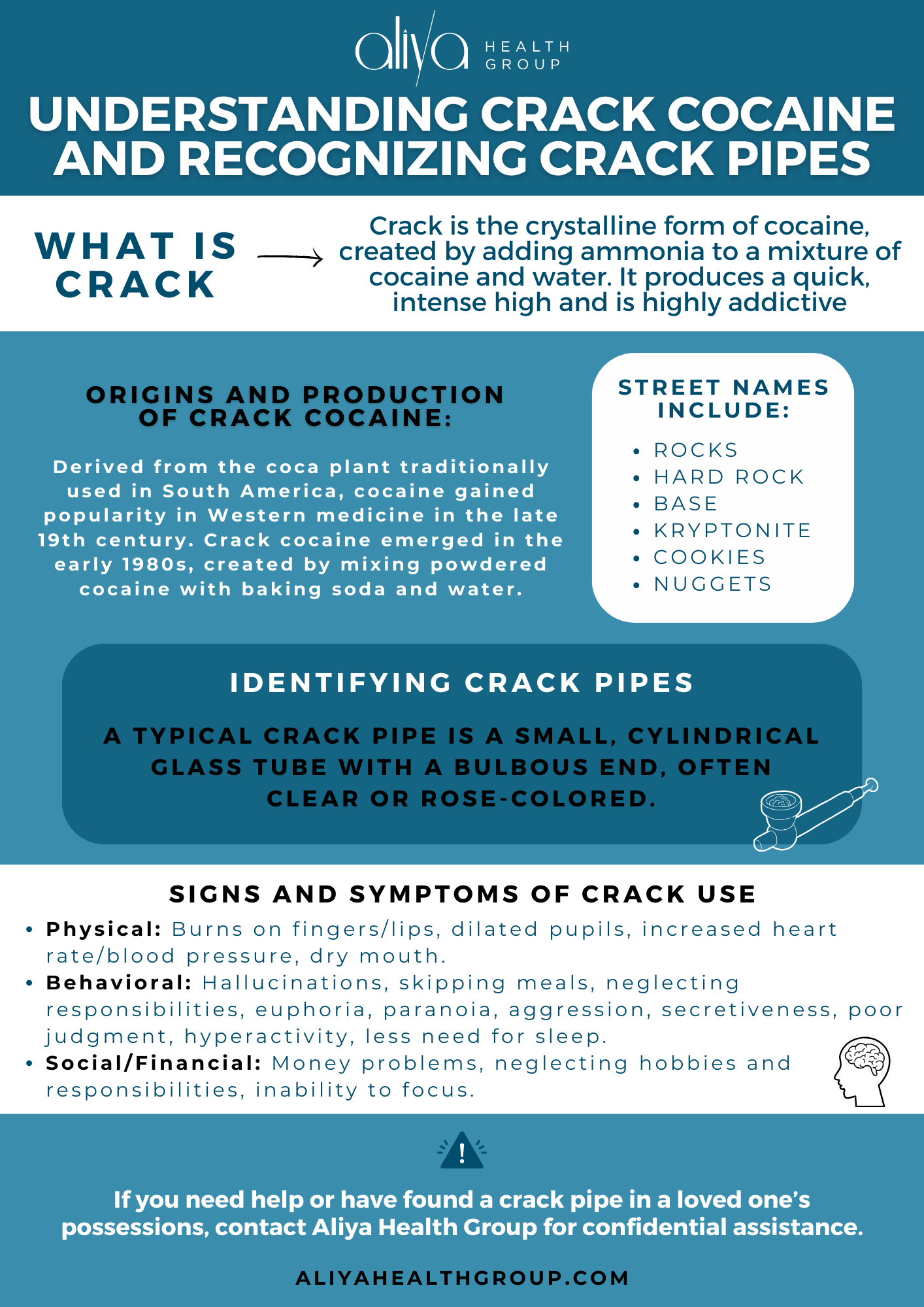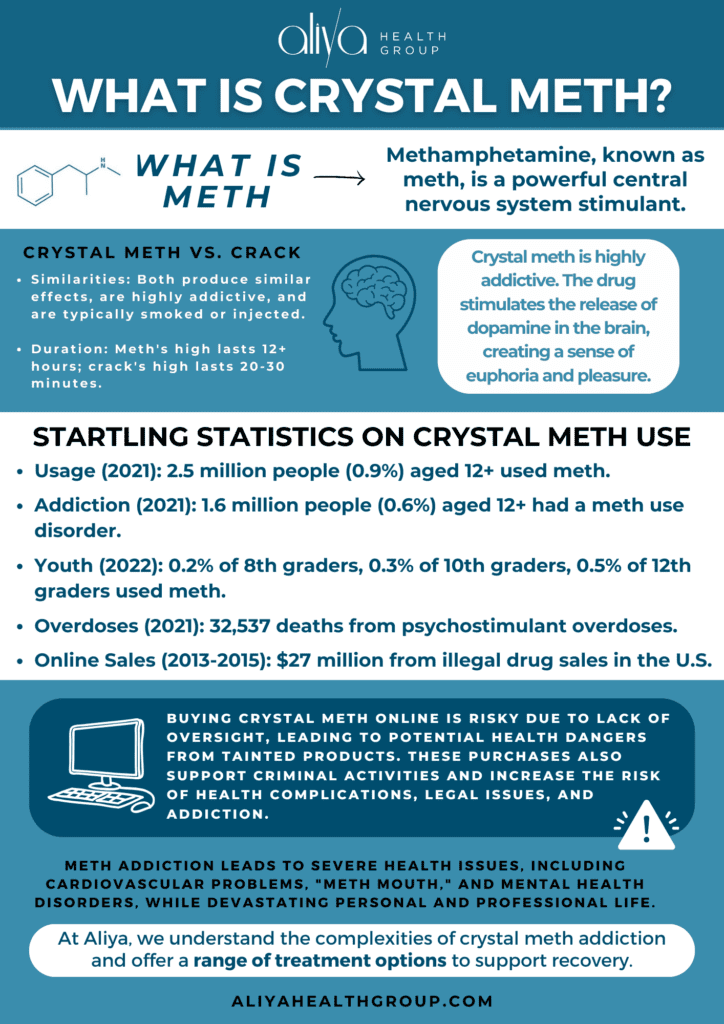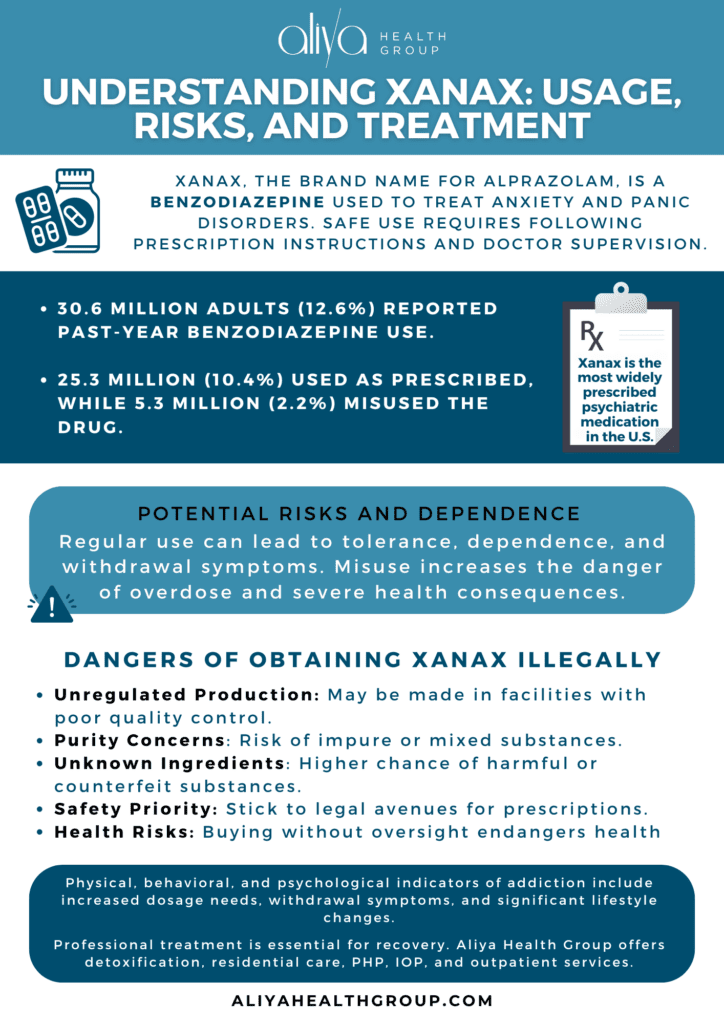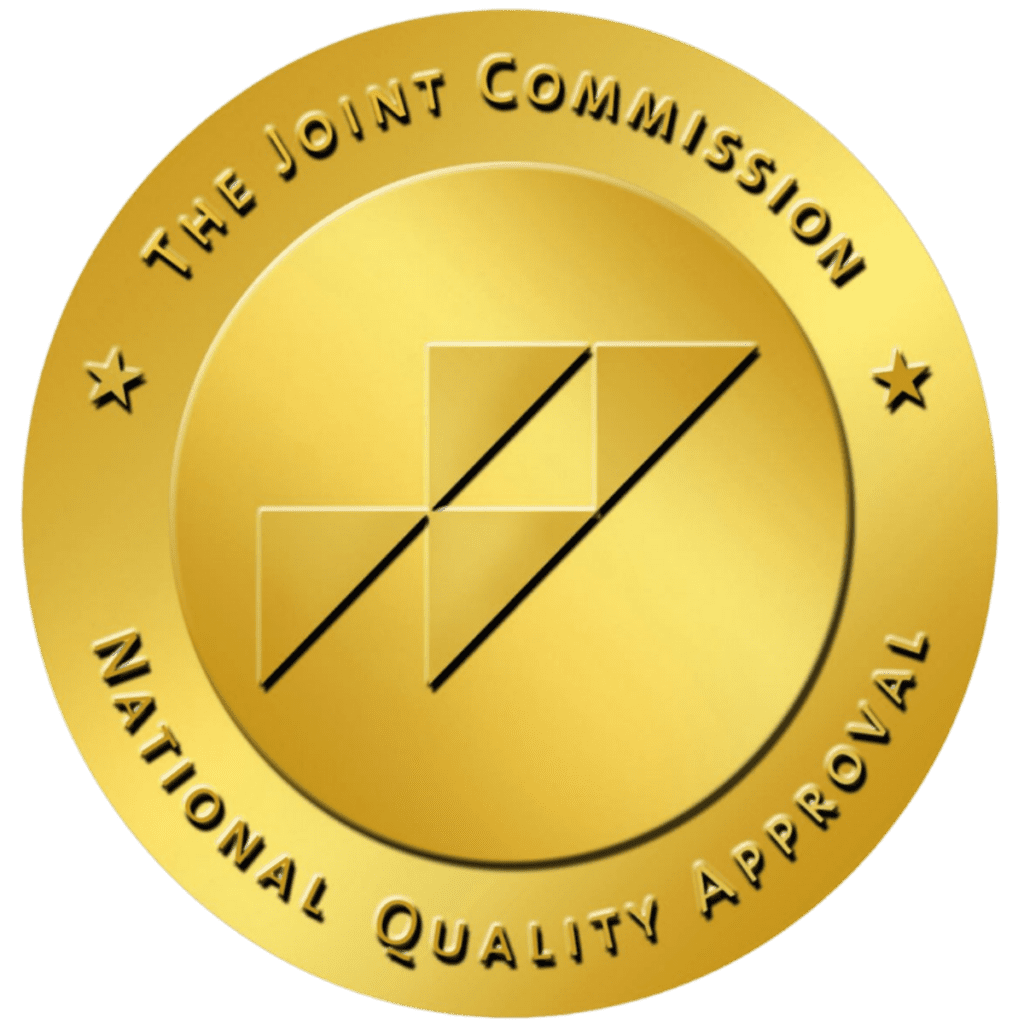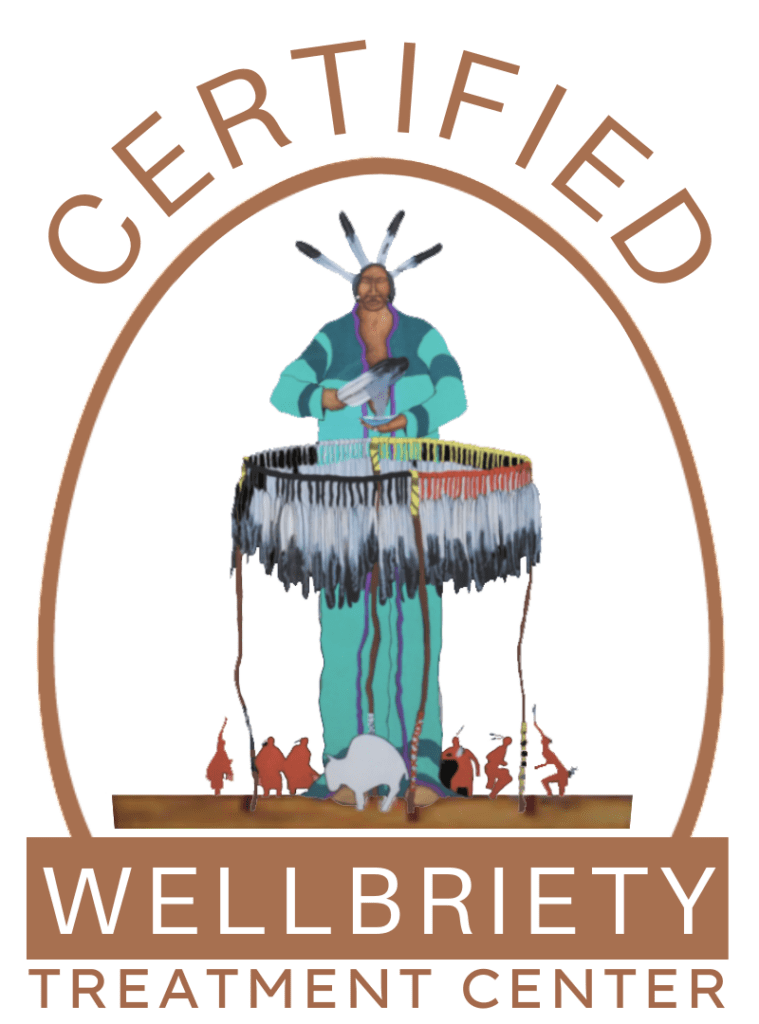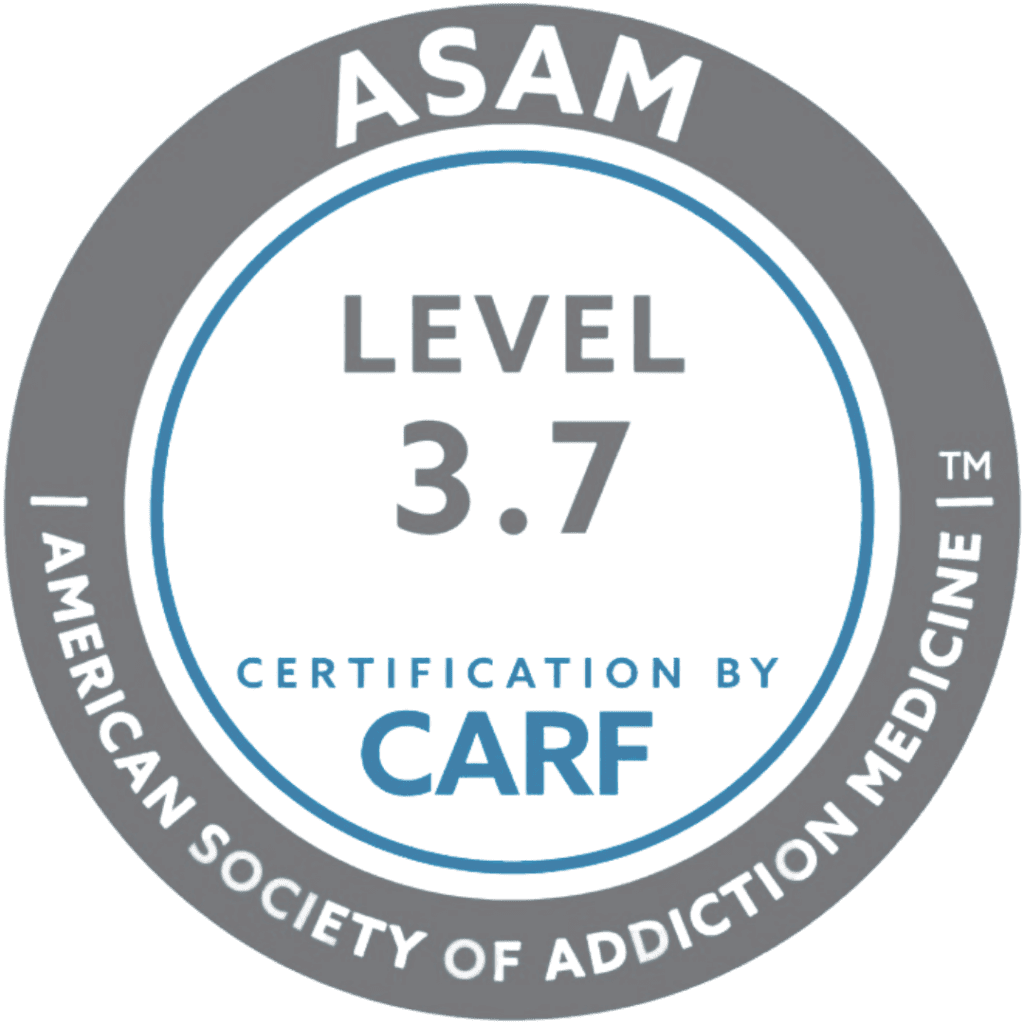What Is the Dangerous New Drug Isotonitazene?
Aliya
on
January 22, 2024
In the fall of 2019, a new synthetic opioid made its debut in the U.S. The drug, called isotonitazene (ISO), is as dangerous and deadly as fentanyl, prompting the U.S. Drug Enforcement Administration (DEA) to send out national warnings nationwide. What exactly is ISO, and why is it such a threat in the world of opiates?
What Is Isotonitazene?
Isotonitazene (ISO) or “new fentanyl,” is one of the newest synthetic opioids gaining popularity within the world of designer drugs. ISO belongs to the benzimidazole class of opioids. Its potency is similar to fentanyl, and it can be found in pill form, powder, and liquid. Isotonitazene was first synthesized in the 1950s as an opioid alternative for medical use and remained in obscurity until 2019 when it was identified by authorities in the Midwest U.S. In 2020, the DEA classified ISO as a Schedule I substance.
The primary source of isotonitazene is China, where it’s manufactured, marketed, and then exported worldwide. It’s typically mixed with other drugs to create a more potent and cheaper end product. In 2022, the DEA reported that most of the ISO they analyzed was in the form of “cheap filler” for other illicit substances, such as heroin, or sold as counterfeit versions of opioids like hydromorphone.
The population that’s likely to abuse isotonitazene appears to be the same as those abusing prescription opioid analgesics, heroin, tramadol, fentanyl, and other synthetic drugs. As with many synthetic opioids, isotonitazene’s effects range from euphoria and numbness to breathing difficulty, coma, and death.
Why Is Isotonitazene Dangerous?
The major concern is that the potency of isotonitazene can—and has—caused deadly overdoses in unsuspecting victims. While there’s still limited study data available because ISO is so new to the scene, overdose deaths involving the drug have been reported in Europe, Canada, and the midwestern U.S.
Because isotonitazene is produced and distributed illegally, many users are unaware of its strength and potential risks. People can unwittingly consume doses that far exceed safe limits, increasing the likelihood of unintentional overdoses and other health risks. The drug acts on the central nervous system, depressing respiratory function. This effect, coupled with its potency, heightens the risk of respiratory failure—a critical factor in each fatal opioid overdose.
Tragically, many overdose victims have no idea they’re ingesting this dangerous and extremely potent drug. According to the DEA, ISO currently can only be properly identified after a lab test, so most people don’t realize they’re buying it until it’s too late.
Why Is Isotonitazene Dangerous?
The major concern is that the potency of isotonitazene can—and has—caused deadly overdoses in unsuspecting victims. While there’s still limited study data available because ISO is so new to the scene, overdose deaths involving the drug have been reported in Europe, Canada, and the midwestern U.S.
Because isotonitazene is produced and distributed illegally, many users are unaware of its strength and potential risks. People can unwittingly consume doses that far exceed safe limits, increasing the likelihood of unintentional overdoses and other health risks. The drug acts on the central nervous system, depressing respiratory function. This effect, coupled with its potency, heightens the risk of respiratory failure—a critical factor in each fatal opioid overdose.
Tragically, many overdose victims have no idea they’re ingesting this dangerous and extremely potent drug. According to the DEA, ISO currently can only be properly identified after a lab test, so most people don’t realize they’re buying it until it’s too late.
What Are the Signs and Symptoms of Synthetic Opioid Abuse?
Identifying the signs and symptoms of isotonitazene abuse is important for early intervention. Synthetic opioid abuse can cause:
- Respiratory Distress: Users may experience noticeable respiratory issues, such as shallow or labored breathing. Severe cases may result in respiratory arrest.
- Psychological Disturbances: Users may have heightened anxiety, paranoia, or hallucinations, reflecting the impact of synthetic opioids on mental health. These psychological symptoms can create erratic behavior and impaired decision-making.
- Gastrointestinal Disturbances: Persistent nausea, vomiting, and digestive issues can contribute to malnutrition and overall physical deterioration.
- Skin Abnormalities: ISO can cause skin issues such as itching, rashes, or noticeable changes in complexion.
- Social and Occupational Dysfunction: Individuals struggling with isotonitazene abuse may experience a decline in social relationships and occupational functioning. This could include isolation from friends and family, job loss, or academic difficulties.
Recognizing these signs is crucial for healthcare professionals, friends, and family members to provide timely support and intervention for individuals grappling with isotonitazene abuse.
What Is Isotonitazene Treatment Like?
It’s important to note that seeking professional help is non-negotiable for effective isotonitazene addiction treatment. Anyone struggling with ISO abuse requires a comprehensive and tailored approach to treatment, involving:
- Medical detoxification
- Inpatient or outpatient treatment
- Counseling and therapy
- Medication-assisted treatment (MAT)
Choosing the Right Opioid Rehab Center
It’s best to choose a rehab center that offers a full continuum of care for opioid addiction treatment. At Aliya Health Group, our treatment centers provide that and more. To treat opioid addiction, our clinical team offers unique levels of care, including:
Medical Detox
Before you can move on to a brighter future, you must remove all the opioid drugs from your system. Medically supervised detox is a safe and effective way to treat withdrawal symptoms and make detox as comfortable as possible.
Residential Treatment
Inpatient recovery involves living full-time at our rehab center while you undergo treatment for synthetic opioids. The structure of inpatient programming allows you to focus your entire attention on getting sober and overcoming mental health issues. Our team of clinicians creates a personalized treatment plan that best suits your needs. An integrated approach to treatment offers both evidence-based and holistic recovery practices.
Partial hospitalization program (PHP)
PHP is a more flexible treatment option that still offers structure for recovery. You attend therapy five days per week while you live at home or in one of our sober living centers. The goal of a PHP is to build on the skills and tools learned in residential treatment to begin the transition back to normal life.
Intensive outpatient program (IOP)
Another step down in intensity from a PHP, an IOP involves regular treatments and meetings at a rehab center, but usually fewer days per week and for a shorter duration. The focus is on preparing you to re-enter your normal life free from the pitfalls of substance abuse.
Outpatient Program
Outpatient rehab is one of the last steps in recovery. It’s considered a step down from intensive outpatient treatment. This level of care involves building on all the tools and coping skills learned throughout rehab. It ensures you have what you need to remain sober and keep your mental health on an even keel after completing rehab.
Aftercare
Aftercare is for those who have completed opioid addiction treatment. It helps you maintain your sobriety, build a support network, and address ongoing challenges related to addiction.
If you or your loved one are struggling with synthetic opioid abuse, don’t wait. Contact Aliya Health Group today to take the first step toward a brighter future.
- https://www.unodc.org/LSS/Announcement/Details/2d09cc01-3272-45e1-a898-b98898b9215c
- https://www.dea.gov/stories/2022/2022-06/2022-06-01/new-dangerous-synthetic-opioid-dc-emerging-tri-state-area
- https://www.cdc.gov/nchs/nvss/vsrr/drug-overdose-data.htm
- https://www.ncbi.nlm.nih.gov/pmc/articles/PMC8141068/
- https://www.deadiversion.usdoj.gov/drug_chem_info/isotonitazene.pdf


